The Ultimate Guide to Daith Piercings
Although some people think piercing is a relatively new form of self-expression, the truth is that ear piercing has been practiced for more than 5,000 years and piercing other parts of the body wasn't very far behind. One piercing that is relatively new is the daith piercing. Whether you are interested in this modification for medicinal purposes or purely as a fashion statement, this ultimate guide to daith piercings will help you determine if it is right for you.
What Is A Daith Piercing?

The daith (it rhymes with "faith") is the tiny, innermost part of the cartilage of your inner ear. It is located just above the ear canal and curves around, making it a unique place to pierce. The daith piercing, which is sometimes referred to as a "doth" piercing, passes through this helix and can be quite tricky to pierce. For this reason, it requires a professional piercer who has experience with the special kind of needle.
History Of Daith Piercing
Erik Dakota and a woman who was studying Hebrew in college created the daith piercing in 1992. They first named it a "da'at" piercing, meaning "knowledge." The client decided on this name because she felt it required strong knowledge to do the piercing correctly. The woman, who was also into metaphysics, felt the piercing must be done so that the bottom part of the jewelry looked like it was directly exiting the ear canal. Today, piercing experts and enthusiasts agree that a daith showing the ring's entrance and exit holes at the same time is not done correctly. The piercing was first showcased in Body Play Magazine by Fakir Musafar and is taught in his Advanced Fakir Piercing Intensive classes.
Daith Piercing For Medicinal Purposes
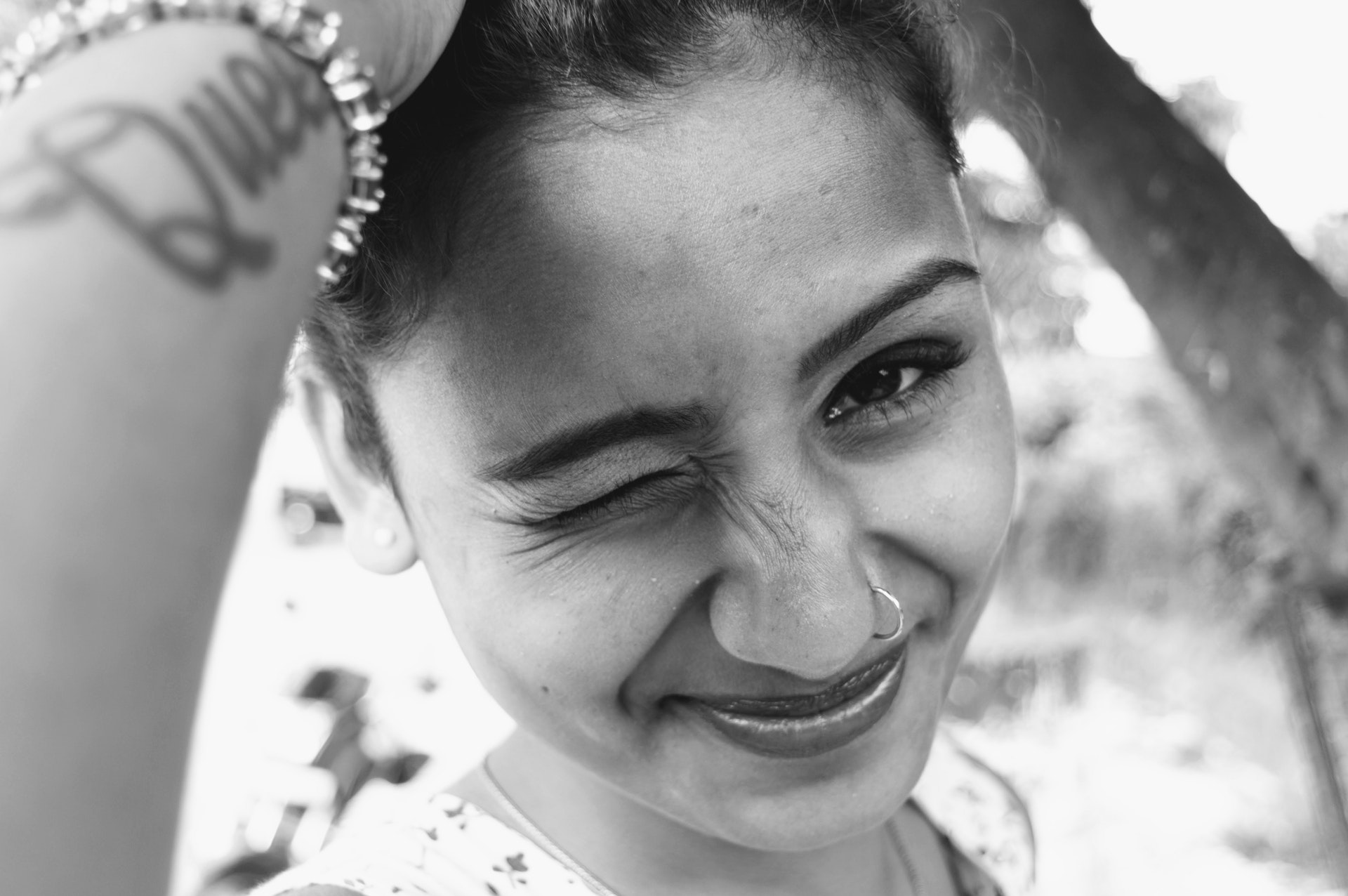
Daith piercings are a popular method for treating migraines and anxiety. Although the Cleveland Clinic states there is no scientific proof that a piercing can help with either ailment, many people feel the treatment works. This is because the ear has several important pressure points that are popular among acupuncturists and other experts in holistic health. The pressure points in the ear are connected to the vagus nerve, which is the longest nerve that connects the brain to the rest of your body. The piercing adds constant pressure to the nerve so that the wearer is essentially receiving an acupressure treatment 24 hours per day. At this point, the evidence is anecdotal and not based on any clinical trials. Even without evidence, it doesn't hurt to try it. The worst thing to happen is that it won't alleviate symptoms, and you'll still have an awesome piercing to show for your efforts.
Choosing A Piercer
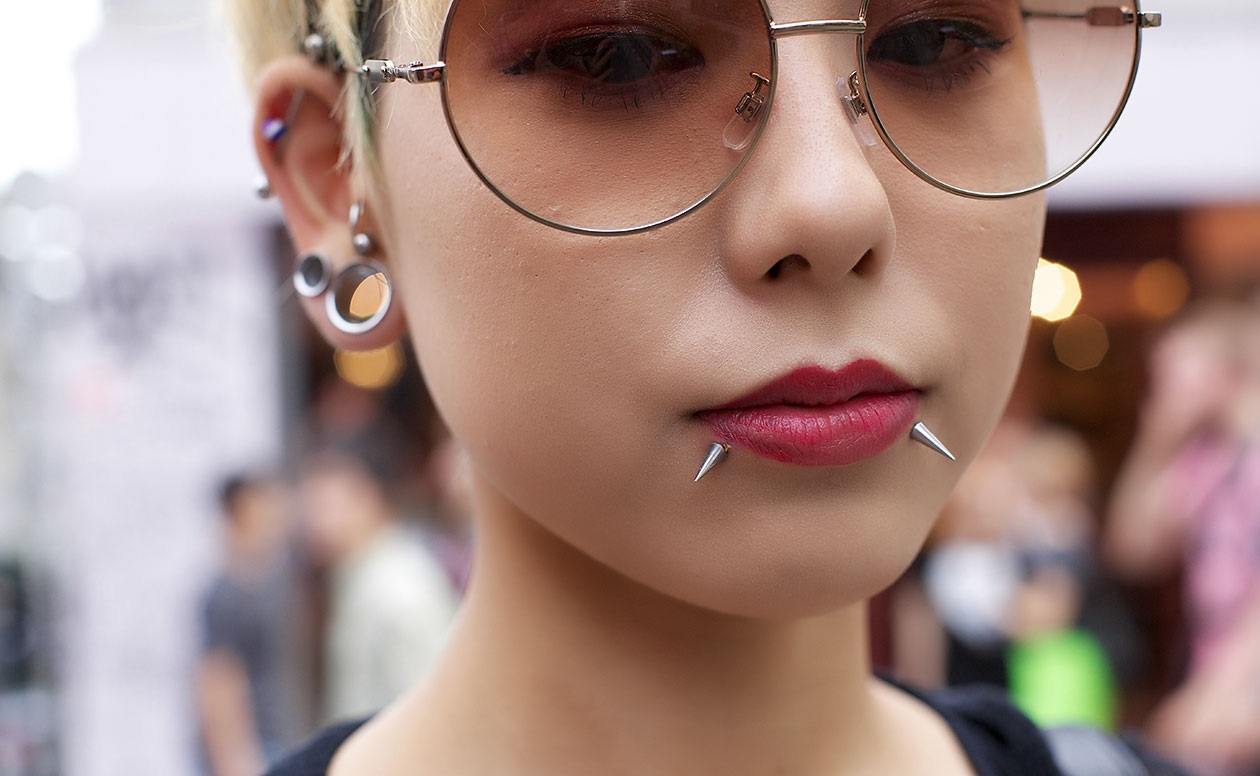
Once you decide to get a daith piercing, you need to choose a piercer. A reputable piercer will work in a shop. Avoid anyone who works from their home or claims they will come to you as they are less likely to have the proper equipment or sterilization products. When choosing a shop, visit each one in person. As soon as you walk in, check out the floors, walls and even the ceiling. If they don't look clean, the rest of the shop probably isn't much better, so keep looking. Additionally, a business license should be on display or readily available. Don't be afraid to ask for it. Any reputable shop will show it to you without hesitation. Each piercer on the staff should be certified by the Association of Professional Piercers, and ideally, each one will also be certified in Bloodborne Pathogens, First Aid and CPR.
Once you decide which piercer to use, ask to see his equipment. He should be using an autoclave to sterilize tools and jewelry. Many shops keep it visible to customers, but if you don't see one, ask to examine it. Avoid shops that don't have one, have one that is dirty or in disrepair, or don't use the one they have often enough. All piercing needles should come from sealed packages as well.
An excellent piercer will not only be clean but talented. Ask to see a portfolio and examine the photographs closely to ensure the piercings look properly performed and clean. Finally, if you ever feel uncomfortable in the shop or when talking to the staff, keep searching. Customer service is just as important as a clean shop and talented piercer.
Preparing For Your Piercing
Avoid getting the piercing the same day you choose a shop. Instead, make an appointment. That way, you can prepare fully before your piercing experience. On the day of your appointment, be sure to eat first. Having a light but healthy meal with protein and healthy fats will keep your body from experiencing too much shock during the appointment. This is especially important if it is your first piercing. If you have long hair, be sure to wear it up so that the piercer can easily see what he is doing.
It is a good idea to bring a friend with you, even if you are used to being pierced. Even if you've never experienced dizziness or other side effects of being pierced in the past, you never know when you might. Having a friend with you ensures you have someone to drive you home if you don't feel up to doing it yourself. Even if you feel fine, a friend can take pictures of the process for you to share on social media or to keep as a memento for yourself.
Finally, don't forget to bring your documents and money. You'll need photo identification to prove you are of age. If you are a minor, a parent or guardian will need to come with you to sign a consent form. Expect your piercing to cost between $50 and $100, and don't forget that it is customary to tip about 20 percent. If you don't have cash, ensure the shop accepts credit cards before your appointment.
What To Expect During The Piercing Process

When it is your turn to be pierced, your piercer will begin by putting on a pair of gloves. This ensures sterility, so if he skips this step, don't have the piercing done. Next, the piercer will use an antiseptic solution on the daith to prevent bacteria from entering the piercing. He then uses a pen to mark where to push the needle through. Depending on the comfort of the piercer, you may be asked to lay on your side or to sit at an angle. This is because the daith is in an awkward position and hard to pierce in a normal position.
When it's time to do the piercing, the piercer will use a hollow needle straight from its sterile packaging. He may also use clamps to make the procedure easier. Because of the awkward position, this piercing takes longer than most other ear piercings, so expect it to take about 10 minutes. After the needle is through, your piercer will wipe away any blood and insert the jewelry. The appointment will end with a quick lesson on how to care for the piercing until it heals.
Aftercare For A Daith Piercing
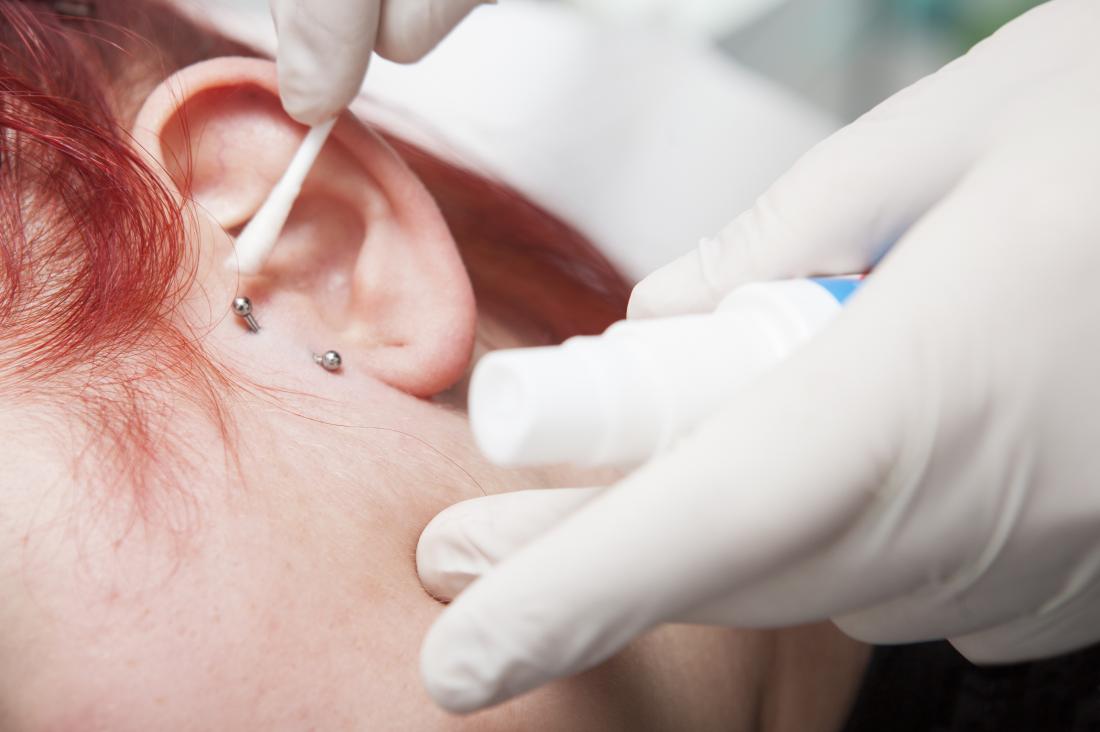
Although your piercer will provide specific instructions and may offer you a solution for cleaning the area during aftercare, it helps to have an idea of what to expect. You'll need to clean the freshly pierced area at least twice per day. Use a solution of sea salt and a cup of water. Mix it together until all the salt dissolves and then transfer it to a spray bottle. Using the solution and a cotton swab or pad, clean out the area, keeping it saturated for at least five minutes during each cleaning process. This will help to drain any fluid buildup and keep the area clean and free of infection.
In addition to cleaning the area twice per day, you need to be careful not to pull on it or add pressure to it. If you have long hair, it is best to keep it up as often as possible to prevent it from tangling in the jewelry. Avoid tugging at, scratching or otherwise touching the piercing unnecessarily, and avoid sleeping on the pierced side. You'll need to continue aftercare for at least three weeks, although healing can take as long as six weeks. Keep in mind that even though the initial healing process is only a few weeks, it can take up to a year for a daith piercing to fully heal since there is not as much blood flowing to the area.
Symptoms Of Infection In A Daith Piercing
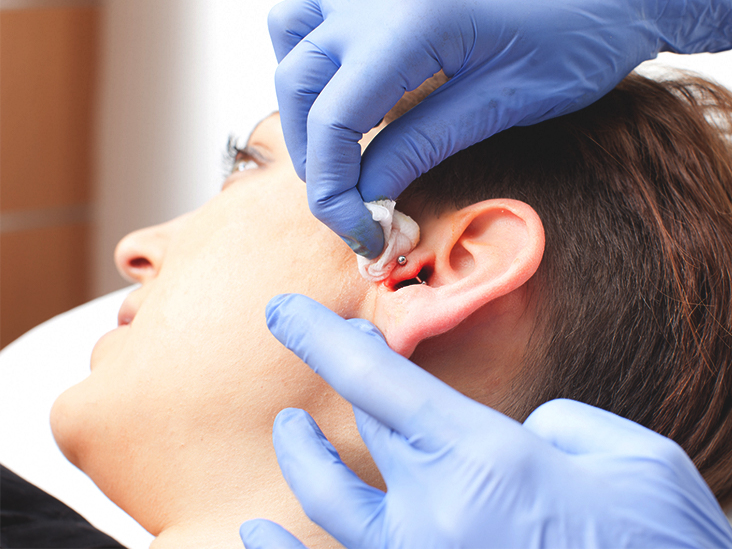
Because the daith piercing takes so long to heal fully and is mostly cartilage, it can be more susceptible to infection, even if you take perfect care of it. For this reason, it is important to understand the symptoms of an infection in your piercing.
Most of the time, someone who has an infected piercing will notice the area is extra-sensitive and painful, especially when touched. The area may feel hot to the touch or look swollen as well. Some people are less sensitive to pain; if you are one of those people, you should understand what to look for as well. An infected piercing may have an unusual odor and could look yellow, green or brown due to the buildup of infection in it. In some cases, an infection in the piercing can become more serious. If you have a serious infection, you may develop a rash, feel achy, be more tired than normal or have a fever.
Although anyone can get an infection, some situations may cause you to be at a higher risk. Avoid touching your piercing, especially if you haven't washed your hands. The bacteria can enter the wound and cause the infection. Sweat and saliva can also cause an infection in the piercing, and irritation from hair, hats or other accessories may put you at a higher risk. Finally, wearing makeup, perfume or other cosmetics may also lead to infection.
How Treat A Daith Piercing Infection
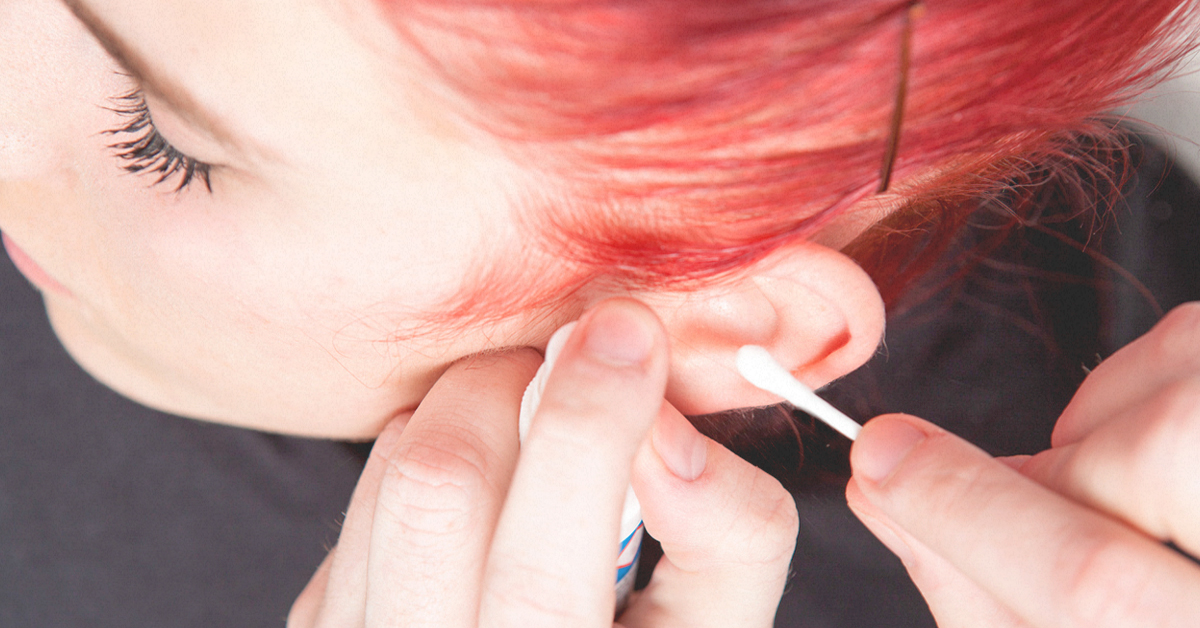
NNever ignore symptoms of an infected daith piercing. Doing so can cause the infection to become worse or even spread to other parts of your body. If the infection is mild, you can treat it on your own. The first step is the clean the area. Wash your hands with antibacterial soap and warm water and then clean the piercing according to your piercer's instructions. Avoid using any alcohol-based cleansers. After you clean around the entire piercing, blot the area dry with a clean cloth. Use this method three times a day.
If you see pus or are noticing discharge around the piercing, you can use a warm compress or soak the area to help drain the infection, reduce swelling and relieve pain. The salt solution may also speed up the healing process. Start with the warm compress. If you don't already have a microwaveable heating pad, you can fill a sock with rice or beans and tie it closed. Microwave it for about 30 seconds and place it against your ear with a separate clean cloth as a barrier between the two. Use twice a day for about 20 minutes each. To use the sea salt soak, combine 1/4 tablespoon salt with one cup of water. Soak a clean cloth in the solution and press it to the infection. Using a different cloth each time, repeat the process several times.
If your daith piercing is infected, avoid using over-the-counter antibiotic ointments or creams. Because of their thickness, they can actually trap the bacteria in the wound and make the infection even worse. Avoid taking out the jewelry unless directed by a doctor as doing so may cause your piercing to close.
If the infected area doesn't begin to feel better within about 48 hours, visit your doctor. Some situations require you to visit a doctor right away. Do so if you are in extreme pain, have a fever higher than 100 degrees Fahrenheit or notice the jewelry is lodged in the piercing and no longer moving. A medical professional can determine a course of action, which typically includes an antibiotic to clear up the infection.
Daith piercings are an excellent choice for someone who wants to go beyond traditional earlobe piercings but isn't ready for other facial or body modifications. The choices in body jewelry, which range from traditional silver rings to pieces with gorgeous gemstones or unique shapes and designs, make the piercing even more fun. When done by a professional, these piercings are safe, fun and a unique way to express yourself.

Leave a Comment